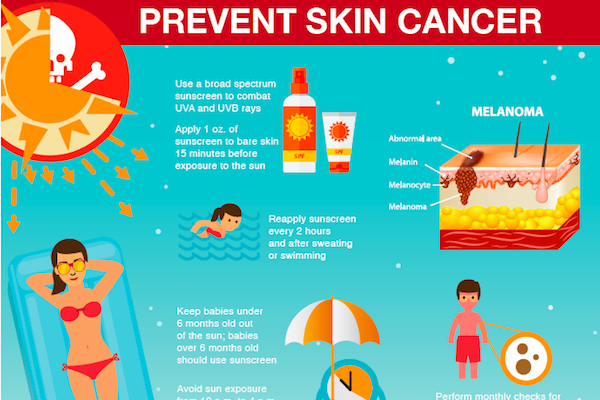
Summertime in Texas means relaxing at the pool, getting your kicks at an amusement park, taking in a baseball game, and any number of other outdoor activities. It also means taking extra steps to protect yourself and your family from the sun.
Pharmacy and shopping center shelves are full of sunscreens with different ratings, claims, and prices. Most sunscreens can prevent sunburn, but not all of them are formulated to reduce your risk of skin cancer or help prevent early signs of skin aging. With so many options, how do you choose the best one?
Let’s take a look at why reading the label matters and how sunscreen fits into your overall skin protection toolkit.
Sunscreen guidelines to prevent skin cancer
In the past, sunscreen guidelines were not standardized. Skin cancer rates began to climb in the U.S., and in 2011, the Food and Drug Administration (FDA) intervened.
Sunburn and subsequent skin damage is primarily caused by ultraviolet B (UVB) radiation from the sun, which older formulations of sunscreen covered. However, most did not protect against ultraviolet A (UVA) radiation, which increases the risk of skin cancer and early skin aging. After reviewing research, the FDA established a "broad spectrum" test for determining whether a sunscreen’s UVA protection is proportional to its UVB protection.
3 phrases to look for on the product label
When you’re selecting a sunscreen, the American Academy of Dermatology recommends the label include the following:
- “Broad spectrum”: These products protect you from UVA and UVB rays.
- SPF 30 or higher: The higher the SPF, the greater potential for protection. Sunscreen should be applied liberally at least 15 minutes before going outside and reapplied every two hours, or after profuse sweating or time spent in the water.
- Water resistant: This doesn’t mean the sunscreen is waterproof. It means it will stay on wet or sweaty skin for 40 to 80 minutes before you need to reapply.
Sunscreen is just one component of an optimal skin cancer prevention regimen. Everyone, and particularly people with a history or high risk of skin cancer, should follow basic sun safety best practices , including wearing protective clothing and avoiding the sun during peak hours.
This is particularly important because not all sunscreens work as well as their labels claim. In May 2018, Consumer Reports released its Sunscreen Buying Guide, which found that of the 73 lotions, sprays, sticks, and lip balms, 24 offered coverage at less than half the SPF numbers on their labels. The report doesn’t mean these products aren’t useful, but it does mean consumers might not get the degree of protection they think they are. Additionally, the guide found that store-brand products perform just as well as expensive products, which can help you save a few dollars this summer.
One in five people in the U.S. develops skin cancer during their lifetime. You can reduce your risk by choosing a quality sunscreen that provides ample protection, wherever your summer adventures take you.
Stay on top of health care news. Subscribe to our blog today.

Prevent skin cancer
Learn more about preventing skin cancer with this handy infographic from UT Southwestern’s Simmons Comprehensive Cancer Center.











